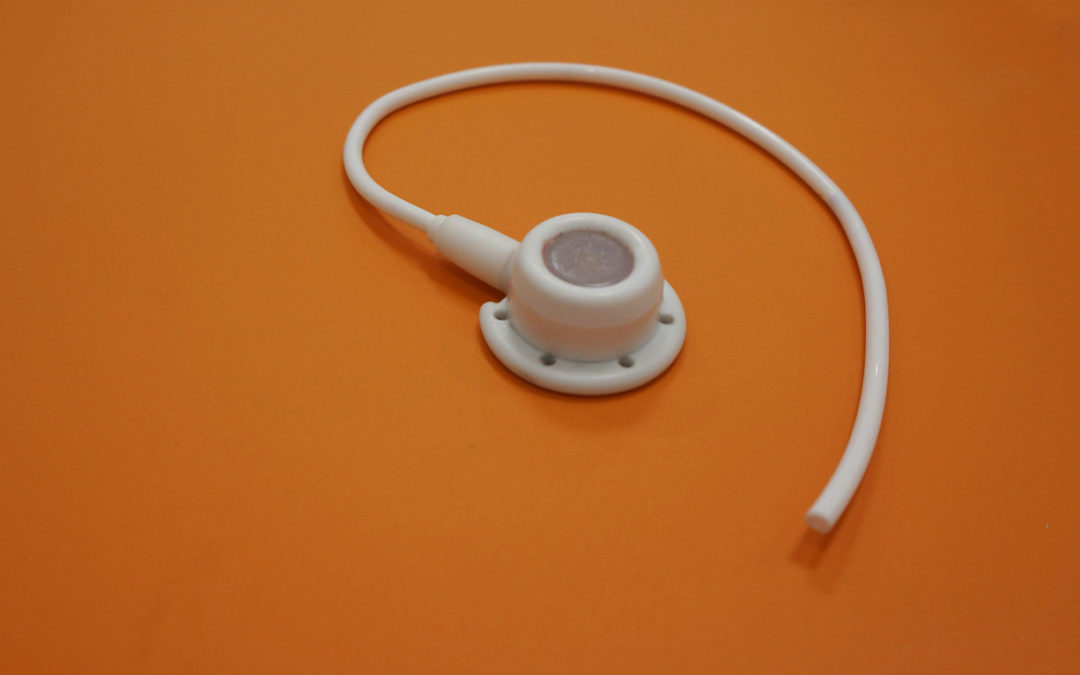Lawsuits have been filed by people who were seriously injured by a Port-a-Cath implanted port.
What You Can Do & How We Can Help
The Schmidt Firm, PLLC is currently accepting Port-a-Cath induced injury cases in all 50 states. If you or somebody you know has been injured by a Port-A-Cath Implanted Port, you should contact our lawyers immediately for a free case consultation. Please use the form below to contact our Defective Medical Device Litigation Group or call toll free 24 hours a day at (866) 920-0753.
What is a Port-a-Cath?
A Port-A-Cath is a type of medical implant called a Totally Implanted Venous Access Device (TIVAD). These devices make it easier for healthcare professionals to deliver I.V. medications into the veins.
These devices are commonly called chemo ports when they are implanted in cancer patients undergoing chemotherapy, as well as people who need routine blood transfusions, blood samples, parenteral nutrition, or other I.V. medications.
Port-a-Cath® is a brand-name medical device, but the term “port-a-cath” is also used generally for this type of device (like the name “kleenex” is used interchangeably for a tissue).
How Does a Port-a-Cath Work?
Port-a-Cath devices consist of two main parts: a port and a catheter. The port is implanted inside the body under the skin (usually on the chest). The catheter is a long tube that connects the port to a major vein inside the body.
A nurse sticks a needle through the patient’s skin into the port and injects an intravenous (I.V.) medicine or fluid, which flows through the catheter into the patient’s veins. This is especially useful for patients who need repeated venous access for long-term disease treatments.
What is the Problem?
Surgery may be necessary if the port has broken, leaked, become infected, or failed for other reasons. Port-a-Cath devices that leak will not deliver life-saving medicine (such as chemotherapy), allowing the disease to progress.
Port-a-Cath Lawsuits
Hundreds of lawsuits have been filed by people who were injured by a Port-a-Cath device. Hundreds of lawsuits have been filed against Bard for injuries associated with the PowerPort. According to federal judges, these lawsuits claim:
“Defendants manufacture the catheter component of their port devices with a concentration of barium sulfate that is too high, which reduces the material integrity of the catheter, and can lead to injuries, including infection, fracture of the catheter, migration of the catheter, and thrombosis.”
Examples of Port-a-Cath Implants
- Bard PowerPort
- Venous Catheters
- BioFlo Port by Angioflow
- Vortex Port by Angioflow
- Power Port by Bard
- XCELA
- Navilyst / Angiodynamics
- Medcomp
- Dignity Low Profile CT Ports
- Duo Power Port by Bard
- Palpation Points
- And more
Can I File a Lawsuit?
Our law firm may be able to help you file a lawsuit if you were injured by a defective Port-a-Cath. Lawsuits would typically seek damages for pain and suffering, medical expenses, long-term disabilities or rehabilitation, wrongful death, and more.
Do I have a Port-a-Cath Lawsuit?
The Schmidt Firm, PLLC is currently accepting Port-a-Cath induced injury cases in all 50 states. If you or somebody you know has been injured by a Port-A-Cath Implanted Port, you should contact our lawyers immediately for a free case consultation. Please use the form below to contact our Defective Medical Device Litigation Group or call toll free 24 hours a day at (866) 920-0753.
Attention Lawyers: We consider a referral from another law firm to be one of the greatest compliments. If your firm is interested in referring us a case or for us to send you a list of previous award judgments and/or average referral fees, please visit the Lawyer Referral section of our website.


 The Schmidt Firm, PLLC has been recognized as one of the nation’s leading plaintiffs' law firms and handles cases in all 50 states. We are very proud of our legal achievements, but equally self-respecting of our firm's reputation for providing personal attention to each and every client we represent.
The Schmidt Firm, PLLC has been recognized as one of the nation’s leading plaintiffs' law firms and handles cases in all 50 states. We are very proud of our legal achievements, but equally self-respecting of our firm's reputation for providing personal attention to each and every client we represent.

